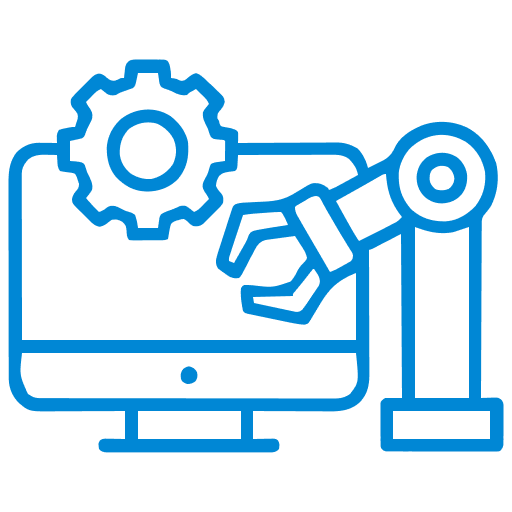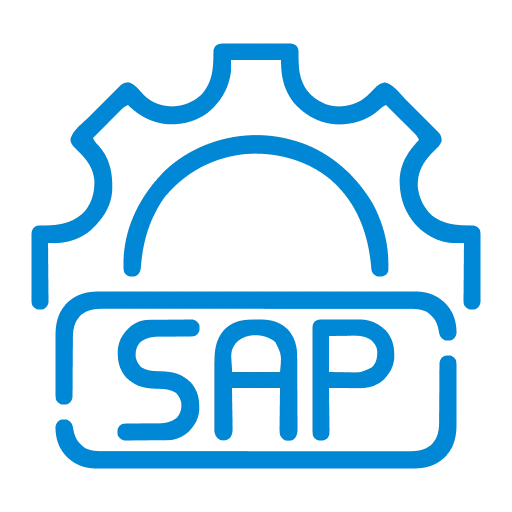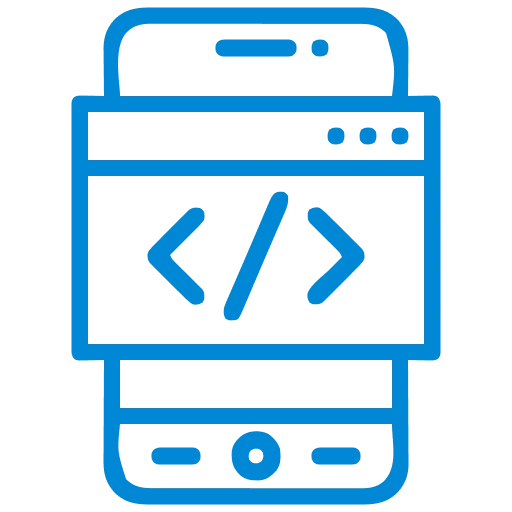From Apps to Enterprise Mobility: Crossing the Chasm
WRITTEN BY
CIOs around the world are under pressure from their user base to extend support for mobility. Their users are familiar with ‘Apps’ that people build and release at the drop of a hat. This leads to an expectation that the Enterprise Apps that they want should also have the same turnaround time.
However, this is far from reality…
Before embarking on an Enterprise Mobility strategy, it is important to understand the difference between an App and Enterprise Mobility and what it takes to cross that chasm.
Let’s understand what an App is – It is typically a mechanism to collect inputs from users and either share it with other users/systems or use that information to push out content to the user. Primarily it provides a mechanism to view data and communicate. Enterprise mobility, however, covers a larger scope. While an App is an integral part of Enterprise Mobility, there are many other components to it. These include the following:
Connectivity, Data Extraction, and Processing:
An enterprise will have hundreds of business applications. When it comes to connecting to and rendering these over a mobile device, one of the first requirements is that of integrating with these varied systems. The purpose of integrating is to collect and send data from the front-end mobile app to these varied systems. This is a big pain point for the CIO’s IT teams since there is no defined protocol/methodology to achieve this. And this contributes to delays in these projects.
Security: Enterprise Applications need to mirror the security standards that are defined at the organizational level. All aspects of authentication, authorization and access control need to be adhered to.
User Experience: While user experience might not be a big driver in adoption when it comes to Enterprise Apps, the need or focus on it cannot be discounted. It is important that the Apps that are built need to match if not exceed the user experience that the typical enterprise user is accustomed to.
Understanding these differences is the key to success here. A CIO can then educate his/her business teams on the complexity involved. This realization will help them lead their organization to cross the chasm from Apps to Enterprise Mobility.

The Future is Agentic: SAP TechEd Bangalore 2025
SAP TechEd Bangalore 2025 showcased a powerful shift toward an agentic, AI-driven future. The event highlighted how a clean core, unified data fabric, and Agentic AI are becoming the foundation of the intelligent enterprise. Keynotes emphasized that AI is no longer an add-on but the new core of business transformation. Sindhu Gangadharan’s session reinforced India’s pivotal role as the strategic engine driving SAP’s global Business AI adoption and the next wave of enterprise innovation.

What a Connected Oil & Gas Digital Core Looks Like And Why It Matters
The oil and gas sector faces pressure to boost efficiency, safety, and sustainability amid volatile markets and strict regulations. Digital transformation brings intelligence, automation, and transparency across upstream, midstream, and downstream operations. With SAP oil and gas solutions, enterprises can integrate processes, data, and technologies to achieve operational excellence and make faster decisions. Incture accelerates this transformation through SAP BTP and Cherrywork applications that unify data across the energy value chain.

















































